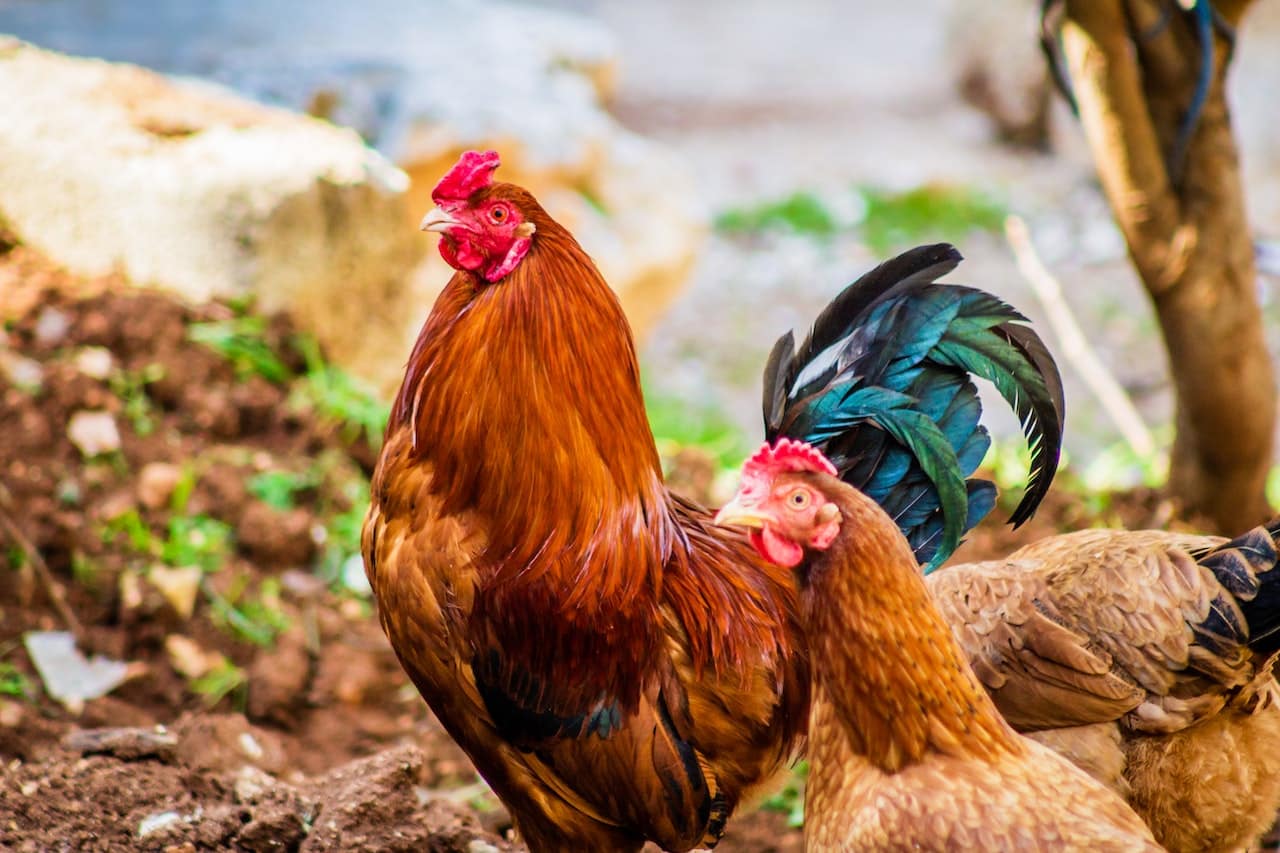Introduction: Chickens are among the most popular birds globally, reared for various purposes, including meat, eggs, and feathers. Some people also keep them as pets. But do chickens have teeth? In this article, we’ll explore the truth behind this question and delve into how chickens eat without teeth. Let’s unravel the intriguing world of chicken diet and digestion.
Section 1: No Teeth for Chickens
Chickens Lack Teeth: Chickens do not possess teeth. Instead, they rely on their uniquely designed beaks to peck at and break down food before swallowing it. Additionally, they have a gizzard located between their stomach and intestines, which aids in grinding their food.
Egg Tooth: While chickens don’t have teeth, during their infancy, they do have a temporary structure known as the “egg tooth.” This soft tooth is attached to the eggshell and assists chicks in breaking out of their shells during hatching. However, it falls off after a few days and does not serve any chewing function.
Section 2: Reasons Behind Toothlessness
- Flight and Teeth: If chickens had teeth inside their beaks, it would hinder their flying ability, as teeth could deform and reduce their effectiveness in the air.
- Unique Digestive System: Chickens have a distinctive digestive system that efficiently breaks down food particles into smaller pieces, compensating for the absence of teeth.
- The Mighty Gizzard: Chickens possess a powerful muscular organ called the gizzard, which contracts and grinds food into smaller pieces, aiding in digestion.
- Prey Adaptation: As prey animals, chickens need to be alert and ready to flee from predators. Having teeth would slow down their eating process, making them vulnerable to attacks.
Section 3: How Chickens Eat Without Teeth
Utilizing the Curved Beak: Chickens skillfully use their curved beaks to scoop up food with ease. While they cannot break down food in their mouths, they compensate with their beaks’ pecking and smashing action.
Effective Pecking Technique: Using their beaks, chickens repeatedly peck and smash food against the ground or, with the help of their feet, trap and break it into small pieces that they can swallow whole. This process aids in proper digestion.
Digestive Journey: Once food is swallowed, it travels down the esophagus, guided by the tongue, and enters a pouch called the crop, where it’s stored for approximately 12 hours. The crop stores food, water, healthy bacteria, and bodily fluids.
Active Digestive System: Chickens’ digestive systems remain active even when they are asleep. From the crop, food moves to the stomach, where digestive enzymes begin their work.
The Mighty Gizzard in Action: Food then proceeds to the gizzard, containing small stones or grit that help break down the food as it moves through the system. The gizzard’s strong muscles contract and grind the food against the grit, breaking it down into easily digestible pieces before it moves to the intestines.
Absorption in the Small Intestine: From the gizzard, the food advances to the small intestine, where the chicken’s body absorbs essential nutrients.
Conclusion
In conclusion, chickens indeed do not have teeth. Instead, they utilize their curved beaks and specialized digestive system, including the powerful gizzard, to effectively consume and digest their food. Understanding these fascinating aspects of chicken diet and digestion sheds light on the remarkable adaptations of these widely-reared birds.


